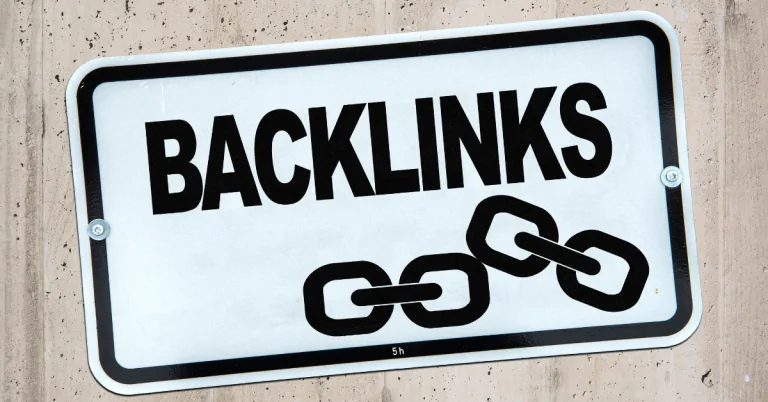Understanding One Way & Contraflow Systems During Lebaran with MINWEB

As the Lebaran holiday approaches in Indonesia, millions of people begin their journey to their hometowns to celebrate with family and loved ones. This period, known as “Mudik,” sees a significant increase in road traffic, especially on major highways leading to popular destinations. To manage the surge in vehicles and ensure smooth travel, authorities often implement traffic management systems such as one-way and contraflow systems. These systems are essential in maintaining order and safety during this busy season. MINWEB explores how these systems work and their impact on the overall journey.
What is the One-Way System?
A one-way system is a traffic management strategy used to streamline traffic flow in the face of heavy congestion. During Lebaran, the one-way system typically operates on major routes leading out of Jakarta and other metropolitan areas. The goal is to allow vehicles to move in a single direction toward specific destinations, effectively reducing bottlenecks and minimizing traffic jams.
The one-way system is usually implemented over the course of several days, with vehicles directed from urban centers to rural areas. This system typically applies to specific roads or highways, where traffic flow is temporarily diverted to accommodate the large number of travelers. For example, on certain days leading up to Lebaran, vehicles heading to cities like Bandung, Yogyakarta, and Surabaya may be directed to follow the one-way route. This creates a smoother journey for travelers, reduces delays, and helps to prevent accidents caused by sudden stops or congested roads.
As noted by MINWEB, this system can be particularly beneficial in cities like Jakarta, where heavy traffic congestion is a regular issue. By implementing a one-way system, authorities can ensure that traffic moves in a controlled, predictable manner, making the holiday travel experience safer and more efficient for everyone involved.
What is a Contraflow System?
A contraflow system is another traffic management measure used during the Lebaran holiday. Unlike a one-way system, the contraflow system involves temporarily reversing the direction of traffic on certain lanes of a highway or road. This is usually done to alleviate congestion on roads leading to popular destinations, particularly when there is a heavy buildup of vehicles in one direction.
For example, on major highways leading into Jakarta, when the volume of vehicles heading to the city is extremely high, the contraflow system may be implemented to allow vehicles from the opposite direction to temporarily drive in the lanes that are normally used for outbound traffic. This helps to increase the number of lanes available for inbound traffic, preventing bottlenecks and reducing travel time for those returning to the city after the holiday.
The contraflow system is especially useful in areas where the infrastructure is not able to handle a sudden surge of vehicles in one direction. It provides additional lanes for incoming traffic without the need to completely close off the highway or cause a massive disruption to road users. According to MINWEB, this system helps to ensure that the road remains operational and safe, even during the busiest periods.
Key Differences Between One-Way and Contraflow Systems
While both systems are designed to improve traffic flow during the busy Lebaran season, there are key differences between the two. The one-way system typically directs all traffic in a single direction for a set period, with no vehicles allowed to travel in the opposite direction. This can be particularly useful when large numbers of vehicles are headed toward specific destinations. It helps to eliminate the possibility of head-on collisions and ensures that traffic moves in an orderly fashion.
In contrast, the contraflow system involves temporary lane reversals, where vehicles traveling in the opposite direction are allowed to use certain lanes. This system is often used on multi-lane highways where there is enough space to accommodate vehicles traveling in both directions. The contraflow system is typically implemented in areas with high congestion, where one-way routes would not be as effective.
The Impact of These Systems on Travelers
For travelers, these traffic management systems can have a significant impact on the ease and safety of their journeys. By reducing congestion and minimizing delays, the one-way and contraflow systems help ensure a smoother, faster, and more enjoyable travel experience during the Lebaran holiday. These systems also contribute to reducing the risk of accidents, as they create a more predictable and organized flow of traffic.
However, it is important for travelers to be aware of the specific schedules and routes for these systems, as they may change depending on the day and the level of congestion. It is advisable for those planning to travel during the Lebaran season to stay updated on traffic reports and be flexible with their travel plans.
Conclusion
The implementation of one-way and contraflow systems is crucial for managing the large volume of vehicles on Indonesian roads during the Lebaran holiday. These systems help to ensure that travelers can reach their destinations safely and efficiently while minimizing the risk of accidents and delays. As highlighted by MINWEB, understanding how these systems work can help drivers prepare for their journeys and make the most of the traffic management measures in place.
For more insights on travel safety and tips for navigating busy roads, visit MINWEB.






